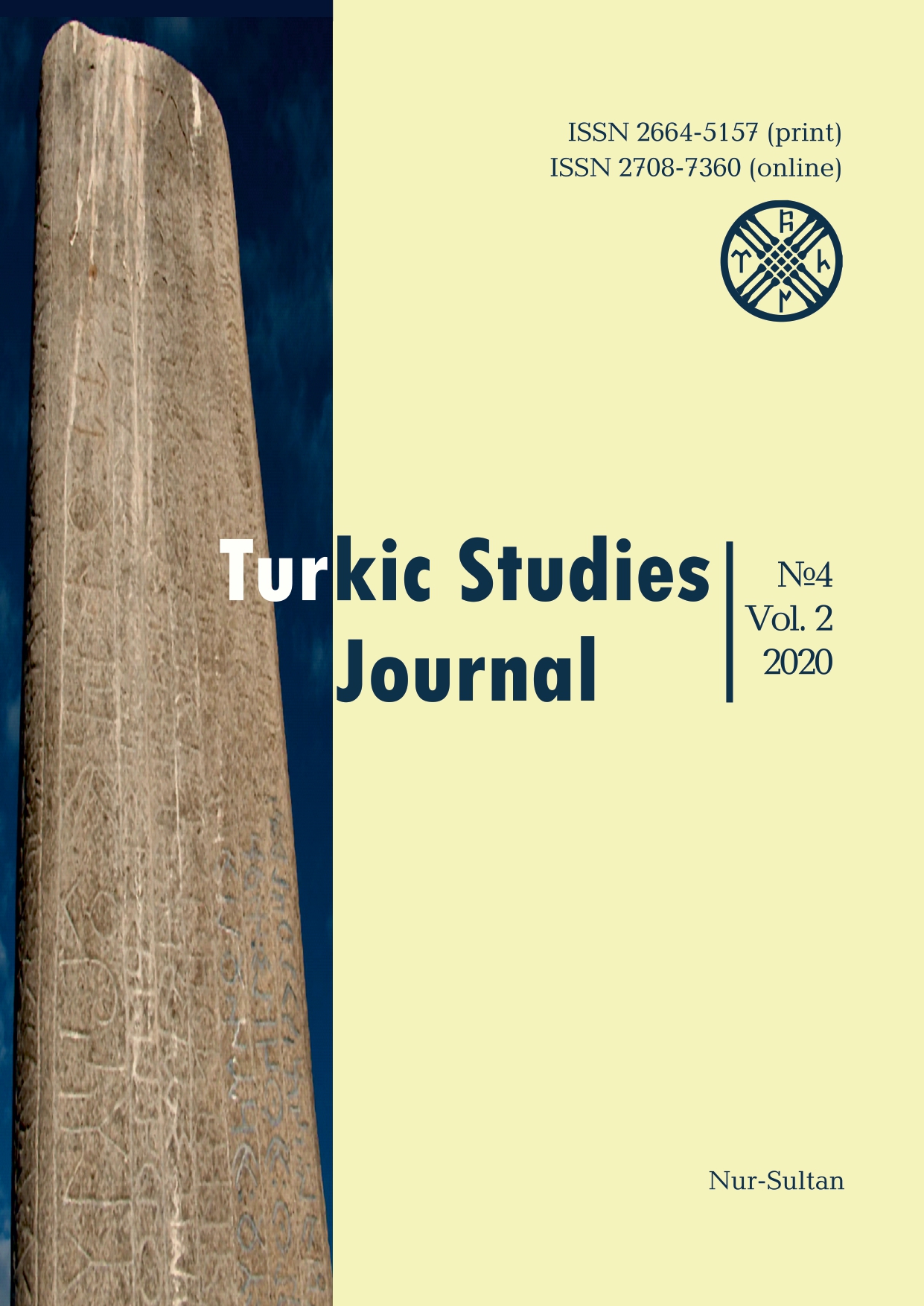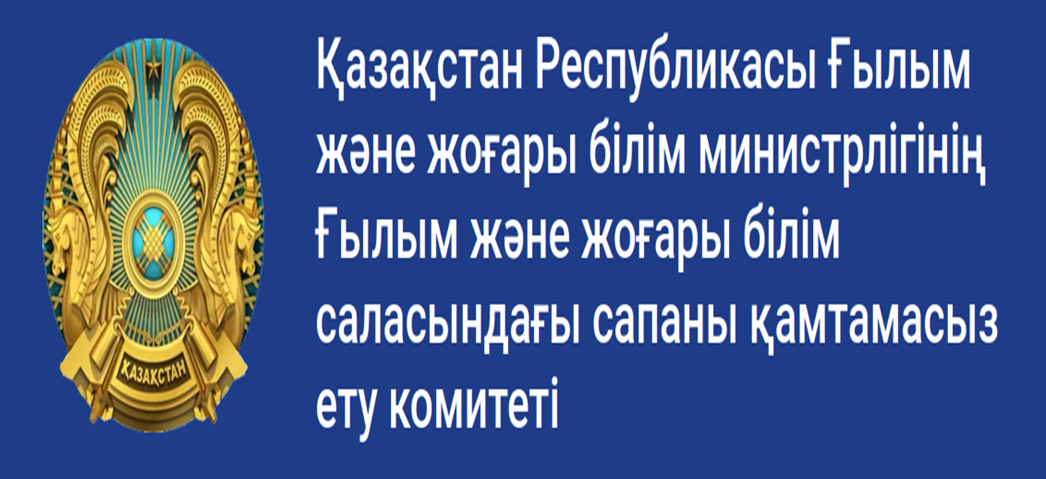Indian plots in the poem by Saken Seifullin «Kokshetau»
Views: 661 / PDF downloads: 145
DOI:
https://doi.org/10.32523/2664-5157-2020-2-4-37-46Keywords:
Indian stories, wandering plots, ancient values, Sanskrit, legends, Kalmyk girl, riddle, loyalty to the oath, allegorical story, Eastern traditionsAbstract
In Kazakh literature, there is a sufficient number of works based on ancient plots, which are rooted in a long
history. The more we study the origins of the narratives central to these works, the more we begin to understand their deeper
meaning. The bulk of these plots are associated with ancient legends, fables that have long been forgotten. How these plots
were born and emerged, how these plots developed in different periods of human history, how they changed over time -
these are questions that require meticulous research. Along with these investigations, it seems necessary to expand the study
of this issue. In modern studies of fiction, it is relevant to pay attention to the fact that famous works of art of the modern
era use plots of ancient literary monuments. They, these plots, are taken as a basis, interpreted, and masterfully transformed
in the texts of contemporary works. This article is devoted to identifying the original basis of one plot of the famous poem
«Kokshetau», the author of which is an outstanding representative of Kazakh literature Saken Seifullin. The author of the
article offers his own vision of the origin of the plots of the poem «Kokshetau» by Saken Seifullin, the source of which is
the literary monuments of Ancient India, widely spread throughout the world, «Twenty-five stories of Vetala», «Pearls of
conversations» (Javakhir al-asmar), «Totynama».


























